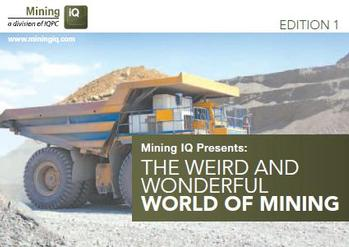Juniors rethink growth strategy, while latest market activities hint at potential turnaround in 2013
Click here for: Junior Mine 2012: Must survive before you can thrive
TORONTO, Nov. 5, 2012 /CNW/ – With the Top 100 junior mines on the TSX Venture Exchange (TSX-V) facing decreases in debt and equity financing, as well as market capitalization, miners must either reduce spending substantially or turn to alternative forms of financing for growth, according to PwC’s latest Junior Mine report released today.
The market capitalization of 2012’s Top 100 decreased 43% compared to 2011’s Top 100. As well, the number of mining companies in the Top 100 with market capitalization of more than $200 million dropped to 13 – falling from 2011’s record high of 36 companies. Meanwhile, equity financing decreased by 41% to $1.6 billion compared to $2.7 billion raised by 2011’s Top 100 junior miners.
“In the last year, investors were cautious of the volatile market and not willing to invest. The macro-economic pull-back is driving investors to hold on to or cash-in their investments, leaving junior miners urgently looking for new sources of financing,” says John Gravelle, Mining Leader for the Americas, PwC. “While a dramatic turnaround is not expected anytime soon, recent market activities should give junior miners a resurgence of optimism for 2013.”
With the IPO market falling silent for most of 2012 – only four mining IPOs on the TSX-V were completed in Q3 2012, compared to 14 in Q3 2011—Ivanplats’ $300 million IPO however could signal the new beginning for mining executives looking to initiate IPOs that have been waiting in queue for some time now, continues Gravelle.
























